Munjiu O.
oksana.munjiu@gmail.com
The Unio crassus Philipsson, 1788 is an endangered species (IUCN Red List), inhabiting running waters with high dissolved oxygen content; it is sensitive to water pollution and general degradation of rivers ecosystems. Many synonyms were given to this species due to the high plasticity of shells morphology, caused by biotic and abiotic factors. However, study of mollusks with molecular data from the territory of Ukraine and Russia (Klishko et al. 2017) confirms the validity of the classification by Zhadin (1952). This was applied for Moldova situated between Romania and Ukraine. The sampling was performed during 2009–2020, in main rivers Dniester and Prut, at 14 stations in the Dniester and 17 stations in the Prut, from a depth 0.3–1.5 m by the Petersen and Ekman grabs, bottom scrapers, dredge and by hand. The mussels were determined by standard identification keys (Zhadin, 1952, Starobogatov et al. 2004). The live specimens of U. crassus was found in one point of Dniester river and six points of Prut river. Part of the living mollusks were returned to the river, another part (68 specimens) were preserved for detailed analysis and measurements. The highest density and biomass was recorded at Criva in sample collected by grab - 440 ind./m2 and 6805 g/m2 correspondingly. The same data for sampling by hand was recorded in Sculeni - 13 ind./m2 and 224 g/m2 correspondingly. The maximum frequency - 24% in Sculeni. The length of the shells of live individuals ranged from 4.0 cm to 7.5 cm, with average length 5,31 cm, maximum length of empty shells is 8.5 cm. As in other European countries in R. Moldova there is a declaine of U. crassus populations due to pollution and hydrotechnical constractions. Thus, information about distribution of endangered species makes a contribution to conservation of this mollusk.
Acknowledgements: This study was conducted within the following projects: 09.832.08.07А,11.817.08.13F, 11.817.08.15A, MIS ETC 1150, MIS ETC 1676, BSB165, 15.817.02.27 A, 20.80009.7007.06

Interesting presentation! Can I ask, what about another species from genus Unio? Have fauna in Republica Moldava more species than only U. crassus?
thanks
This was really interesting, we were in 2010 in Ukrainian part of Prut, still without Dreissena and Corbicula. This is very interesting topic, congratulations, continue with that 🙂
May be some good idea to do Short Term Scientific Mission to Mołdova within the COST framework.